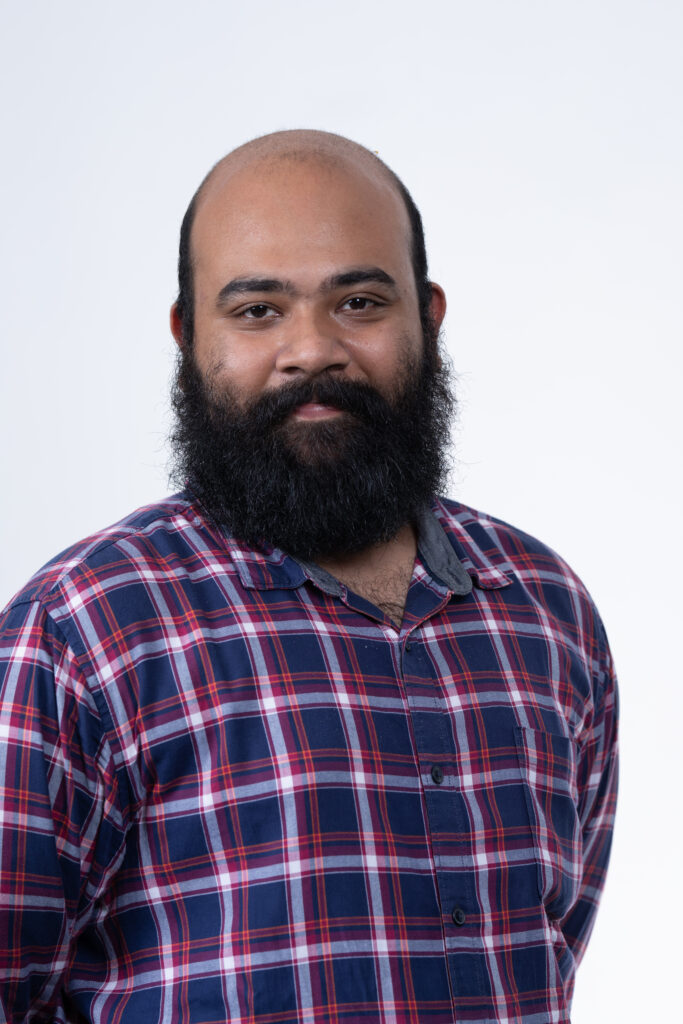Challenges and competitions boost everybody’s morale, resulting in timely output. The 48-hour Animation Hackathon/Game Jam 2024 organised by Whistling Woods International (WWI) for its students, ended with a burst of creative energy where participants pushed their limits in an adrenaline-fueled race against time, resulting in an array of marvellous content pieces.
Animation Xpress got in touch with WWI animation HOD Vivek Nag to understand how this exciting challenge prepared by the crème de la crème trainers can hone the skills of the students.
The competition – which was open to all gaming and animation students – was held on the 15 and 16 February in the institute’s campus. 20 teams participated for the Animation Hackathon and four teams for the Game Jam. With three members in each team, a total of 72 students participated in the challenge.
The 48 hours as a time limit caught our attention, since it is no easy task to create animation and gaming content within this limit. “Most Animation Hackathons around the world are 24 hour formats but we believed that 24 hours would indeed become too challenging for our students, especially considering that they would be participating in a competition like this for the very first time,” explained Nag. “In such competitions, students and professionals put their skills and storytelling capacities to the test and look to technologically and ideologically push boundaries to set up scope for simple and effective narratives. That is exactly what we aimed to do with our event.”
When the students were informed about the competition, having not heard of a hackathon before, their reaction was a mix of excitement and confusion. But through the week leading up to the event, Nag and other faculty members broadened the vision of the students, so much so that by the time the event began, they were filled with unbridled excitement and vigour.
The theme of the challenge was only announced when the event began. Keeping it non-specific so that it can be interpreted in several ways, but interesting enough to build engaging stories around, the organisers came up with the theme “Flying Book.”
WWI provided spatial infrastructure, internet and additional project resources to participants, who could work either individually or collaborate with team members during the dinner buffet arranged for them by the institute. They primarily used Krita and Toonboom Harmony for 2D animation, Blender for 3D animation, Unreal for rendering 3D films, Adobe After Effects for compositing and Adobe Photoshop for asset creation. Game design teams utilised Unity and Unreal.
On such challenges making students industry-ready, Nag said that the pressure of the deadline and the capacity to deliver is an integral part of not only the animation and game design industries but also the media sector as a whole. “A 48-hour format like this pushes students to think quickly and to think of solutions, which they wouldn’t come up with otherwise.”
He added, “The adrenaline rush felt during such competitions is similar to what is felt in production, thus allowing us to simulate a very real-world scenario for our students. The fact that they came out of these 48 hours with smiles on their faces is a testament to their will to excel in this industry.”
While styles like hand-painted animation make it a time-consuming process because of the precision required, in today’s world, one is expected to deliver finished content in a jiffy. “A highly creative piece of work is what I will always ask of my students because it is very important to think, analyse and create a process. But if this highly creative work ends up taking an exaggeratedly long amount of time, then it drastically impacts the feasibility of the project. Students must learn to express themselves in a creative manner and also understand the importance of scheduling and sticking to milestones. This combination makes for a good professional and at Whistling Woods International, we strive for our students to have that holistic approach,” the animation mentor pointed out.
The animation department at WWI provides one of the largest sets of specialisation options to its students, giving them a glimpse of the choices in the Foundation Year itself. Students gain hands-on experience and create projects in every specialisation so by the end of the foundation year, they have garnered knowledge that will allow them to make informed decisions for the future.
“A beginner must come with an open mind to learn. A beginner need not be an expert in any software or have great proficiency in art. All they need to do is understand why they have chosen this field and how much dedication they can bring to the table. The rest they can achieve as they walk through the course,” Nag concluded.



